Whether you’re just getting into long range shooting or you’re already experienced behind the rifle, one of the most common challenges is getting your ballistic data to match what you’re seeing downrange.
One of the most important pieces of that puzzle? Verifying your bullet’s ballistic coefficient (BC). The number printed on the box is a good starting point—but it’s just that: a starting point. Different test setups, barrel lengths, and even manufacturer bias can lead to BC values that don’t reflect how your rifle performs in the real world. This is something we need to check to insure we are getting impacts at long range.
Let’s walk through what to look for when verifying BC in your rifle and how to set up your ballistic solver for success.
Start With Solid Fundamentals
First things first—“good data in, good data out.” That saying couldn’t be more true when it comes to long range shooting. Small errors can stack up quickly and throw off your entire ballistic solution.
It all starts with making sure your rifle is truly zeroed. The best practice is to zero on an overcast day with minimal wind—because even at 100 yards, environmental factors like wind and mirage can shift your point of impact. Wind direction and speed are absolutely critical at long range. Wind doesn’t just push your bullet sideways—it can also influence vertical impact depending on direction and velocity. (We’ll get into that more later.)
Once you’ve got a solid zero—most shooters agree that 100 yards gives you the best precision with minimal environmental influence—it’s time to start gathering the rest of the data you’ll need to plug into your ballistic solver. Here’s a list of the most important rifle-specific inputs:
- Velocity
- Scope Bore Height
- Bullet Weight & Length
- Twist Rate
- Zero Distance
- Scope Value (MOA or MILL)
Measuring Velocity Accurately
When it comes to velocity, having a reliable chronograph is essential. The new Garmin Xero C1 Pro has quickly become a favorite in the shooting world—it’s compact, user-friendly, and extremely accurate.
Once you’ve settled on the load you’re using (especially if you’re reloading), we recommend running at least 10 shots over the chronograph to get a solid average. When out practicing, we often leave the chronograph running and collect data from 30–40 shots to ensure we’re getting the most accurate average possible.
We also make it a habit to start every range session by putting a few rounds over the chronograph. This helps catch any changes in the load or environmental shifts—like temperature or humidity—that might affect velocity, so we can adjust our data accordingly.
If you’re shooting factory ammo, it’s even more important to check velocity yourself. The number printed on the box is rarely what your rifle will actually produce. Barrel length, bore dimensions, and lot-to-lot variation all influence real-world velocity, and without verifying it in your own rifle, your ballistic solver is working off a guess.
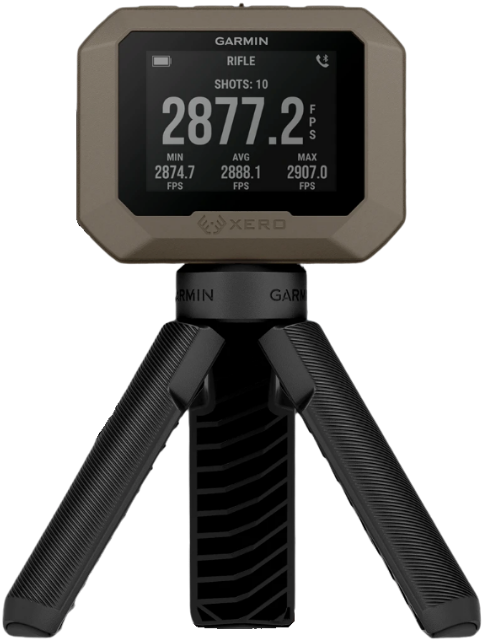
Don’t Skip the Details
Scope bore height is another critical input your ballistic solver will ask for. It’s the distance from the centerline of your rifle’s bore to the center of your scope’s crosshair.
This measurement needs to be as accurate as possible—even a small error can have a noticeable impact. For example, changing the bore height from 2.0″ to 2.25″ can shift your point of impact by 0.1 MIL or 1/4 MOA at distance. That kind of error adds up fast in long range shooting.
Also important are your bullet’s weight, length, and your barrel’s twist rate. These all factor into bullet stability and spin drift, which become more pronounced as distances increase.
And don’t forget to verify that your scope is tracking correctly. Running a quick tracking test ensures your scope’s adjustments are accurate—because even perfect data won’t help if your scope isn’t dialing true.
Read the Wind, Trust the Data
Once you’ve entered all your rifle-specific data into the ballistic solver, the next piece of the puzzle is capturing your environmental conditions and direction of fire. This includes understanding wind direction, wind speed, and a phenomenon known as aerodynamic jump.
Most modern solvers will either have the option to factor in aerodynamic jump or will do it automatically. Since this effect is entirely based on wind direction and speed, it’s crucial to input accurate values—even small errors can throw off your long-range impacts.
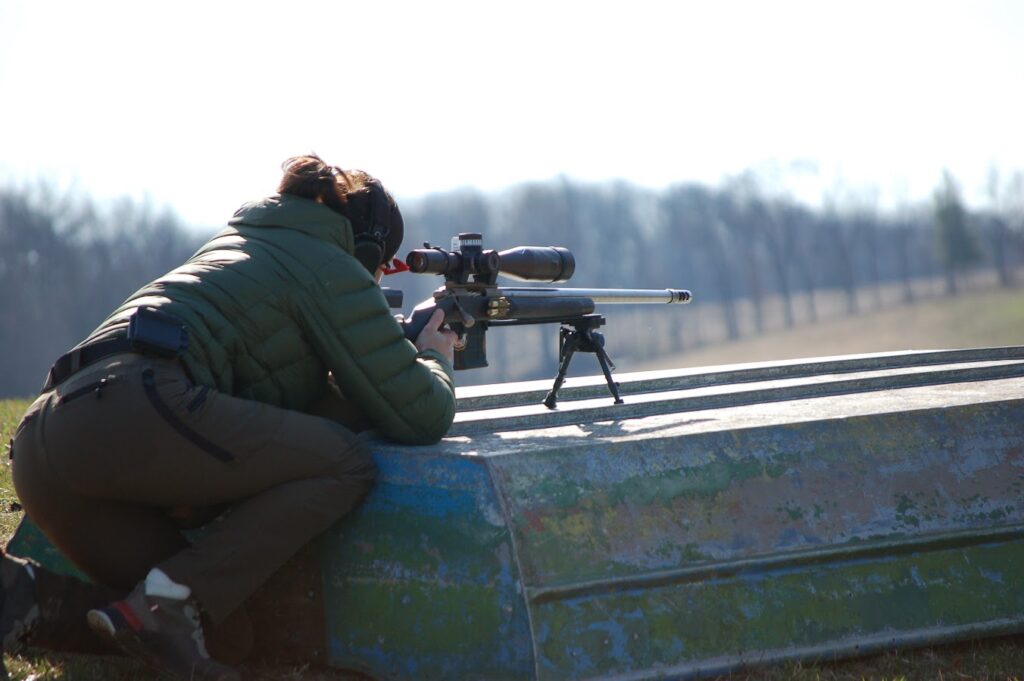
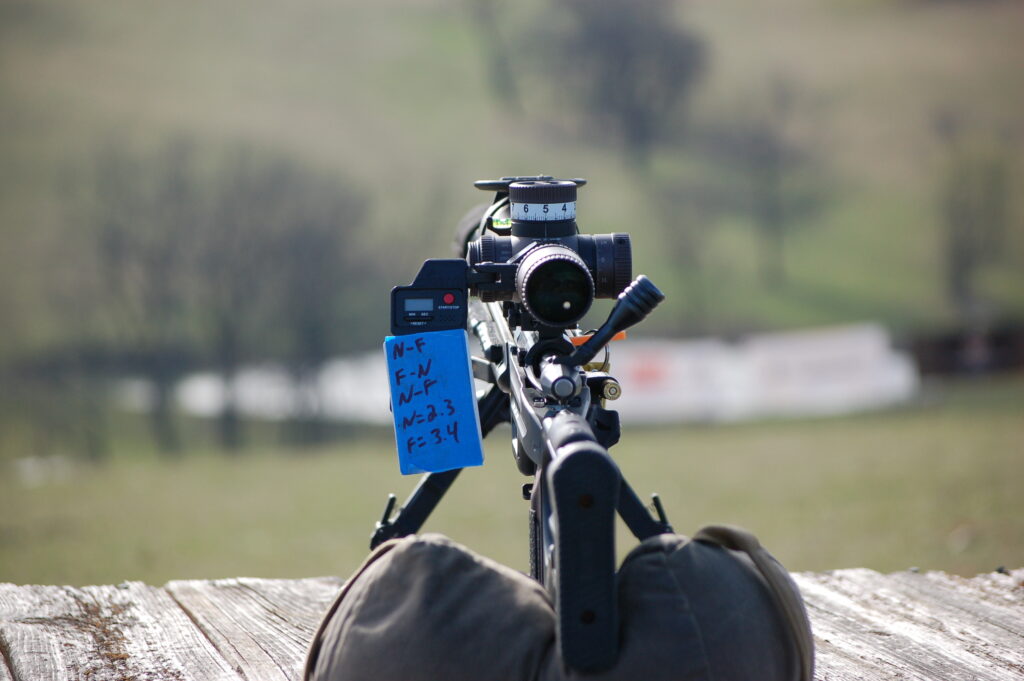
Verifying and Truing BC
With your data dialed in, it’s time to true the bullet’s BC. If possible, always start with the BC listed on the box as a baseline. For best results, try to shoot on overcast, low-wind days to minimize environmental interference.
At the range, we shoot at targets placed at 400, 600, and 800 yards—that’s the max distance available at our local range, but if you can go further, even better. We mark a vertical waterline on each target, dial the elevation our solver gives us, and take a few shots at each distance. Then we compare the impact point to the waterline:
- If the impact is low, we’ll slightly reduce the BC to bring the impact up.
- If the impact is high, we’ll bump the BC up a bit to bring the point of impact down.
We usually won’t adjust the BC more than 0.010 up or down. If we need to tweak it more than that, something else is probably off—either the solver inputs or our zero.
Real-World BC Examples
Here are a few examples of bullets and barrels we’ve personally trued, showing the difference (or lack thereof) between the advertised BC and the value we ended up using in our solver:
- 6mm 105 Hybrid — Box BC: .275 G7, Our trued BC: .275
- 6mm 109 Hybrid — Box BC: .292 G7, Our trued BC: .295
- .25 Cal 135 Hybrid — Box BC: .335 G7, Our trued BC: .330
- 6.5mm 153.5 Hybrid — Box BC: .356 G7, Our trued BC: .352
These are pretty close to the published numbers, but results can vary depending on your setup. One key factor is that not all barrels are the same. Twist rate and velocity can significantly impact how well a bullet stabilizes—and insufficient twist can result in lower actual BC. That’s why it’s important to match your bullet to the appropriate twist rate to ensure proper stabilization.
This is meant to be a basic guide to help you get your data lined up. Some shooters prefer to true BC values at much longer distances—closer to the transonic zone—and while that’s a valid approach, we’ve found that if we’re centered on the waterline from 400 to 800 yards, we’re good out to the furthest distances we’d realistically shoot with that cartridge.
Need Help Dialing It In?
This is just a starting point—this topic can go deep fast, and we could easily fill ten more pages with edge cases and specific scenarios. But in our experience, sticking to these fundamentals has delivered solid results time and time again.
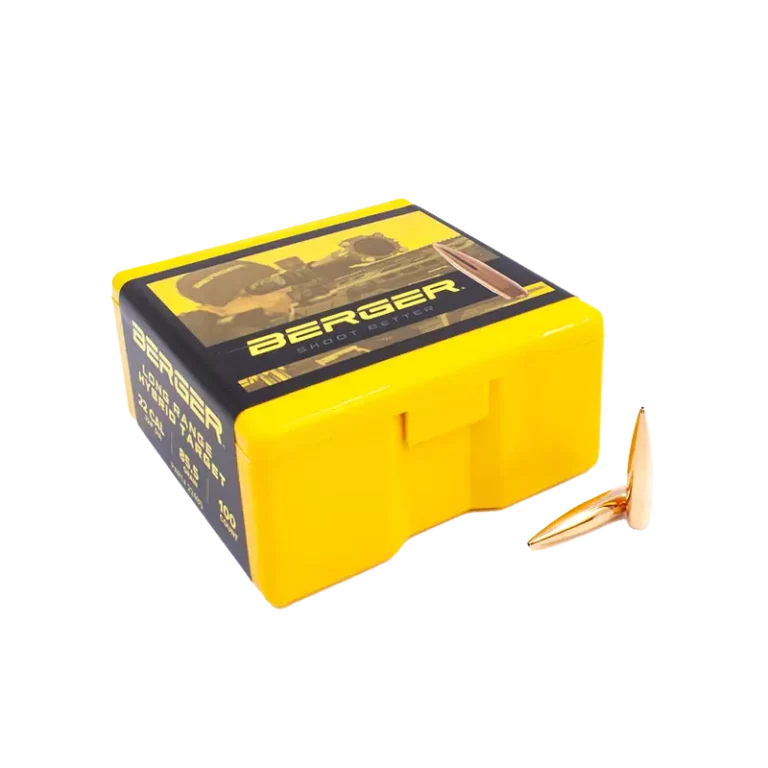
Berger Bullets
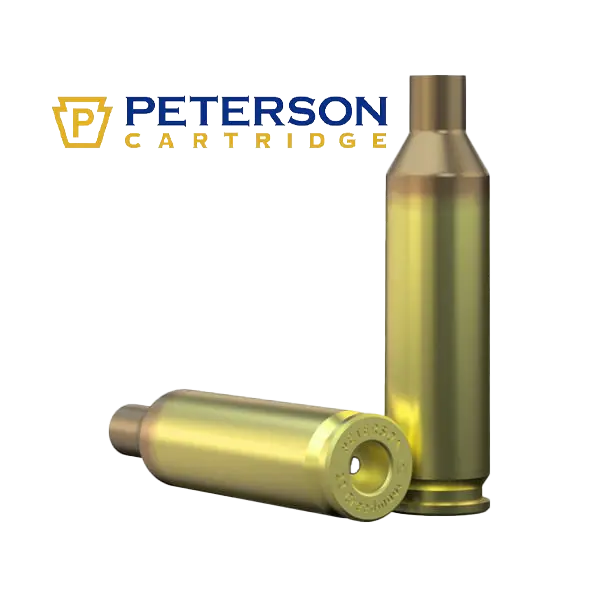
Peterson Cartridges
If you want to dive deeper into your rifle’s performance, we’re here for it. Give us a call to talk ballistics, or head over to the website if your rifle’s ready for a resupply of its favorite pills.

